Canon R70 Minimizing Problems:
More Geese (and Ducks) in a Park:
An attempt to reduce the problems found in the previous test and specifically trying out the "touch screen point auto-focus".
"MVI_0007.MP4"
[Video not uploaded]
Created Oct 10, 2018, 17:00:26
Size 890,276,001 bytes
Video:
Length 00:04:59
Frame width 1920
Frame height 1080
Data rate 23553 kbps
Total bitrate 23809 kbps
Frame rate 29 frames/second [sic]
Audio
Bit rate 255 kbps
Channels 2 (stereo)
Audio sample rate 48 kHz
The frames I uploaded before in the "side-by-side" telephoto sets were exposed without adjustments and as a result, all were far overexposed. The point of the comparison was to see what the camcorders would do in exactly the same situation -- not necessarily when they were perfectly adjusted. If I could have practically made all the proper adjustments to each camcorder, I would have. But the situation I encountered did not allow that. Yet I felt there was enough to be learned from the results to make them available.
The question of what exposure adjustments you make start with knowing how much dynamic range with which you have to work. The geese are particularly good subjects for this because they have near white bellies and near black heads. If I darken the exposure to "contain" the highlights, then I might lose the heads. My experience has been that this sometimes happens, and overall I do prefer to keep the heads and let the highlights clip.
[2018-10-19 13:45 added this paragraph.]
The geese are really an unusual subject matter. I should emphasize that. If you look at the "Isshin Daiko" video linked in the first post, that video is a more typical "high contrast" video. In the final result, there was no clipping in the highlights and yet there is sufficient detail in the black clothes. I did have to re-adjust the overall level in post, but the dynamic range had sufficient coverage for it.
In the earlier test, both the Sony and Canon overexposed the chests, but the heads were all pretty good with no "0-0-0" blacks in any of the frames I posted.
I returned to the park intending to further test the R70 and see what I could do about the problems I had found. I made a few clips that I liked, and in particular, I had an opportunity to use a very similar situation to make comparison images from.
Clip "MVI_0007.MP4" was made at a camera location close to where I had set up before. The main difference is that this time I was using my mono-pod instead of my tripod, and there was no other camcorder being operated at the same time, freeing me to make adjustments.
The first change I made was to record using "P" instead of "Sports". This means I was using the R70 with more typical settings. The "Sports" setting prefers faster exposure speeds to stop action. In good lighting, the "P" setting should give a better balance by allowing smaller F-stops which, at the base ISO, require using a longer exposure time. In very bright light, this might not make any difference at all, but on cloudy days, or as the sun goes down either exposure times will get to the point where motion blurring becomes a problem or ISO might be raised.
The second change was to try to follow the lighting situation with EV compensations.
The third change was I had decided to use the "touch screen point focus" where it might help.
The Frames:
The first three images both confirm the issues I found in the Canon lens in the earlier tests but to an extent vindicate it at as potentially usable in the longer focal lengths.
The first two images:
"01-MVI_0007-00_28-20h49m49s790-C1.jpg"
"01-MVI_0007-03_48-20h12m29s674-rsz1892-C1.jpg"
The first two images are a familiar subject -- geese. And in the same general area where I made my earlier tests.
The first image was taken with the sun a bit shaded by clouds. The exposure is EV = -0.5. I correctly estimated that dropping the exposure further would lose the head. Checking this frame I found that there was a very small amount of "0-0-0 black", though possibly only 1 pixel. But certainly if I had dropped to EV = -0.75 or below, the head would start "going away". The goose's rear was already clipping, so there was no real room for choice. Overall, the grasses look much more detailed. But the softness to the far left and far right are still there, confirming the lens has problems.
The second image looks almost the same as the earlier tests. In this case I have compensated the F-stop further to EV = -0.75, but the cloud shading has gone away, probably completely, and it needs a further compensation, purhaps EV = -1.5. But I was busy watching the focus and could not be jumping back to the exposure adjustment. Here, the magenta-ish fringing shows up in the head, and also near the tail. The area near the tail is puzzling because it is both wider than mere "optical" fringing should be and appear to have a distinct edge. I do not understand that. Surprisingly, this frame file was larger than the earlier one, and in fact, too large to be uploaded in its orginal "FullHD" size. The C1 compressed file was 2,093,891 bytes. After looking at various possibilities, I decided this reduced size version (1892 pixels wide) was the best choice.
"FZ-01-MVI_0007-02_04-10h13m21s208-C1.jpg"
This was intended to be my first "full zoom" test, and in fact it is -- but not focused at the full distance. There were branches from another tree a bit nearer to me which screen the red leaves. I tried using the touch focus to see if I could get past the branches, but it did not work. I really should have tried the manual focus for this, but I decided to stay within my planned limits for this set of files. Manual focus will have to be tested on some other day. Still, the zoom is at full telephoto and the image is reasonably usable, possibly due to a smaller F-stop.
"G-Ducks-01-MVI_0003-13h43m52s964-C1.jpg"
This is from an earlier clip when the clouds were giving a bit more shade. It was the first test of touch focus. For this frame I had focused where the male mallard is facing left in the middle of the group of birds (about half way from the camcorder to the near edge of the pond). As I was recording, the female walked from left to right just a bit nearer. The grasses in the area look a bit more detailed than the grasses nearer or farther. I cannot tell which bird is actually in perfect focus (if either are). Depth of field has carried at least to the near edge of the pond.
[2018-10-19 13:30 added this paragraph.]
Results:
Was I Able to Improve on the Lens Performance:
I mentioned that I felt that smaller F-stops from using "P" instead of "Sports", and the exposure compensations, should improve the telephoto end lens performance. I think it did, but not enough to make the long telephoto settings acceptable. Both of the new frames for the goose look a bit better than the earlier video, but there is still enough off-axis softening to be noticeable. The colour fringing seems to be less as well, but it still sometimes visible.
Overall, I would say that the "touch screen point focus" is working fairly well. As for the lens, as I think I have mentioned before, I believe this lens was probably designed mainly for 720P ("HD Ready") use and I have found its performance in "Full HD" is not entirely successful. I found this before when I tested the Canon R40 and the Sony CX240 previously (conducted a few years ago for my own use and probably never reported). The reason I like the Canon R40 and R70 despite the lens deficiencies is because I have never used the zoom out that far into telephoto except for these specific tests. The 32x optical zoom is roughly 1000mm equivalent for a 35mm camera. The only way I could use it would be on a tripod, and I rarely use a tripod. So really, I do not use it beyond around 400mm to 500mm (35mm camera equivalent), and the colour fringing has not been showing up.
On the other hand the reason I have not used the touch focus, manual focus or exposure compensations on the R40 was because I mainly limited my use of that camcorder to 3D video, and one cannot make such adjustments on both camcorders at the same time. The R70 is going to be used for 2D and I will be able to use these controls which make this camcorder a fairly complete low cost video recorder, and I am looking forward to this possibility.
The future of these low cost camcorders is doubtful. I do not expect them to be further developed because there is a mistaken believe among customers, that 4K is a "necessity". I do not know if good 4K camcorders will become available anywhere near the prices of these lower end "Full HD" camcorders in the near future. So what is available now is probably going to have to suffice for "a while".


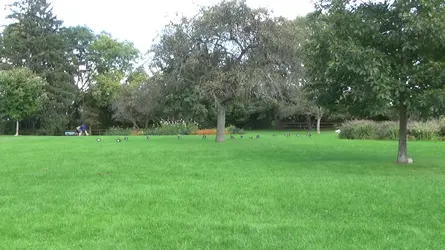

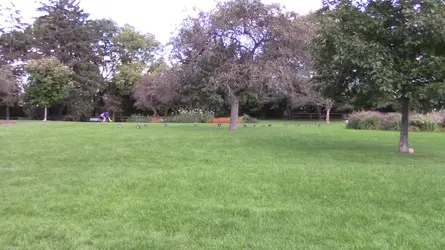
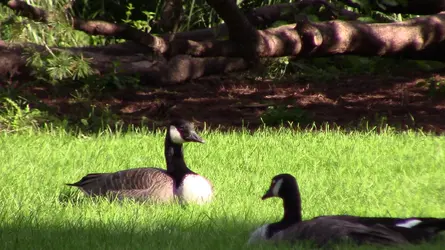
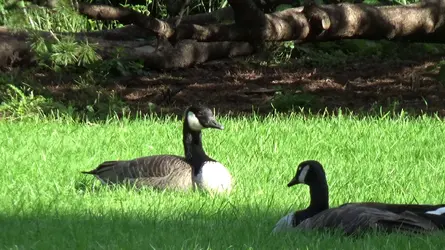
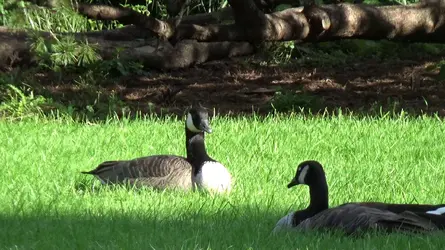
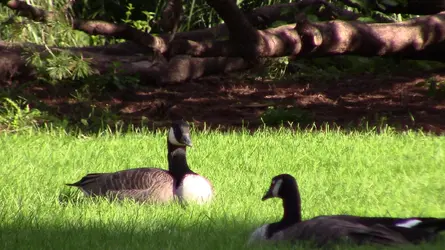
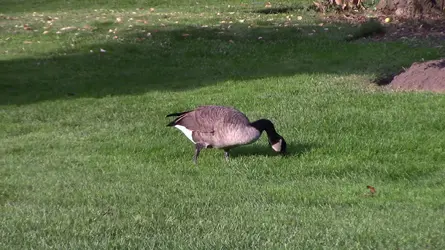
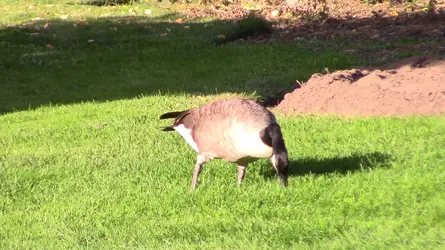




![[No title]](/data/xfmg/thumbnail/33/33448-e22f202a6b3be7233dba294543198f2e.jpg?1734163486)





![[No title]](/data/xfmg/thumbnail/33/33449-978bff23ad40c63da778b7e59d54f546.jpg?1734163488)
![[No title]](/data/xfmg/thumbnail/39/39509-3c2c5856429b4b8ff3cf44cd3b2afa8c.jpg?1734173650)
![[No title]](/data/xfmg/thumbnail/33/33847-620ea3a471c8ec2ae89451f9ee9dcb84.jpg?1734164166)
